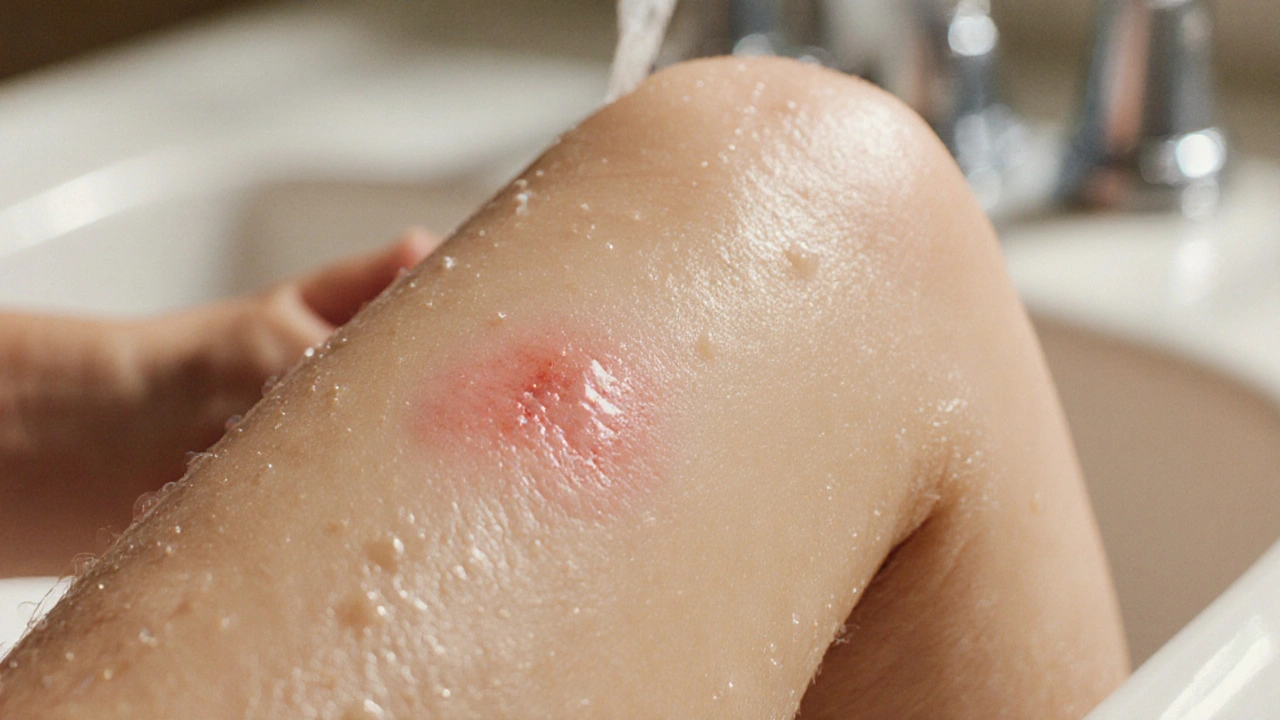Abrasion Wound Care: How to Treat Cuts and Scrapes Fast
Got a Scrape? You don’t need a medical degree to handle it. The right steps can keep infection away and get the skin back to normal in days. Let’s walk through what you need to do right after the injury.
Clean the Wound Properly
First, rinse the area with cool clean water. Gentle pressure is enough – no harsh scrubbing. If dirt sticks around, use a mild soap around the edges, not directly on the open skin. Rinse again until the water runs clear.
After rinsing, pat the abrasion dry with a clean gauze pad. Press lightly; you don’t want to reopen the wound. This step removes excess moisture that can invite bacteria.
Protect and Support Healing
Apply a thin layer of over‑the‑counter antibiotic ointment. It creates a barrier and gives the skin a moist environment, which actually speeds healing. Too much ointment can trap fluids, so a pea‑sized amount is enough.
Cover the abrasion with a sterile non‑stick pad and secure it with a breathable bandage. Change the dressing daily, or sooner if it gets wet or dirty. Keep an eye on any signs of redness, swelling, or pus – those could mean an infection.When the scab forms, let it stay intact. Picking at it pulls new skin away and can leave a scar. If the scab cracks, clean the spot again and reapply ointment.
Stay hydrated and eat protein‑rich foods. Vitamin C and zinc help skin rebuild faster. A glass of water, a handful of nuts, or a piece of fruit each day makes a noticeable difference.
If the abrasion is larger than a quarter or the bleeding won’t stop after 10 minutes of pressure, seek professional care. Deep cuts may need stitches or a prescription antibiotic.
For minor scrapes on the hands or feet, a silicone gel sheet can reduce scar formation once the wound is closed. Apply it after the skin is fully healed, not while it’s still open.
Remember, most abrasions heal without a scar if you keep them clean, moist, and protected. Follow these steps, and you’ll be back to normal in no time.
Infection in Abrasions: Essential Facts and Care
Learn how infections develop in abrasions, spot warning signs, prevent bacterial growth, and treat infected scrapes effectively.
